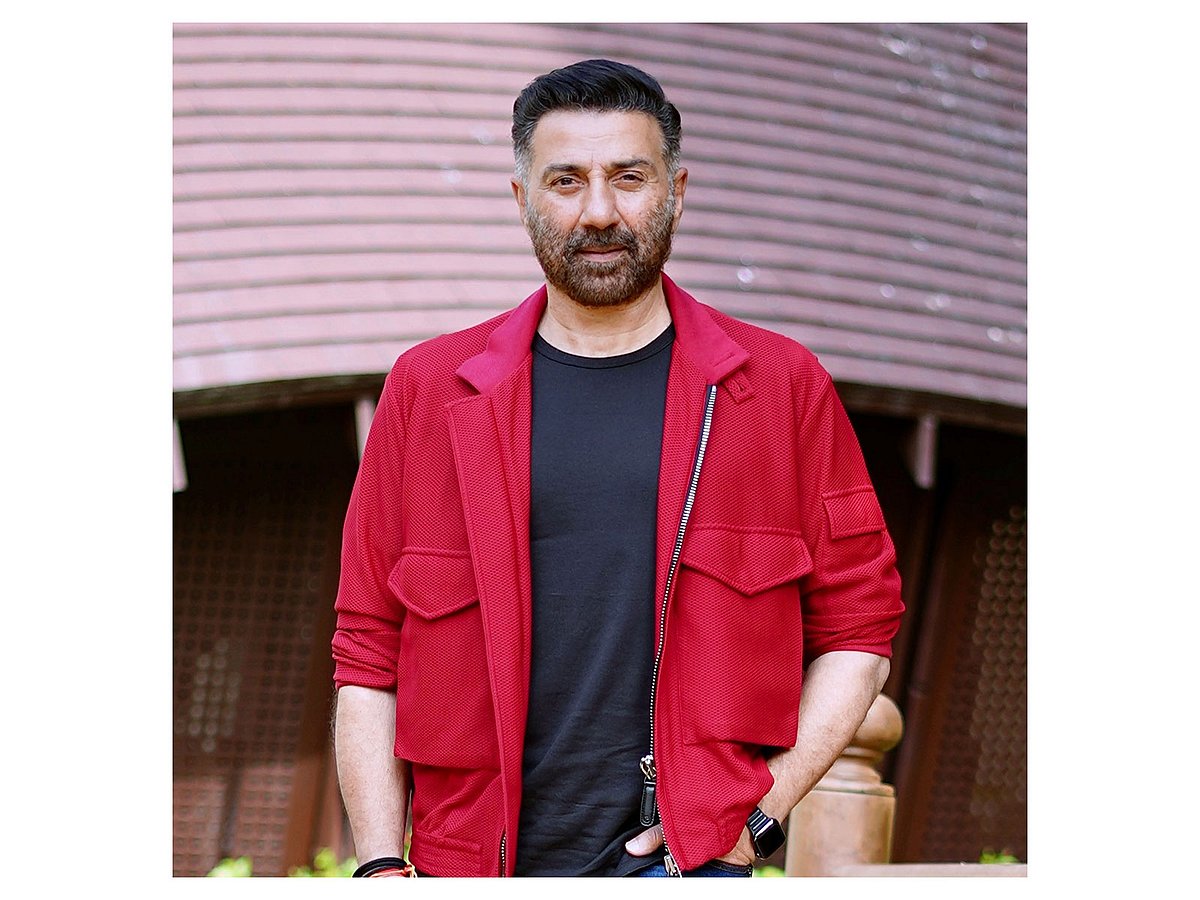Sunny Deol loses cool at paparazzi, blames them for turning Dharmendra hospital stint into spectacle
The actor was caught on video launching into an expletive-fueled rant on being hounded

Dubai: The breaking point came quickly. As Bollywood legend Dharmendra’s hospitalisation triggered its usual frenzy outside a Mumbai medical facility, Sunny Deol finally lost his cool. Already exhausted and emotionally stretched, the actor on November 13th morning snapped when he saw a wall of cameras closing in on him at a moment he believed demanded dignity, not disruption.
According to on-ground witnesses, Sunny was visibly shaken by the scene unfolding around him — the constant shouting, the sprinting paparazzi, the lenses pushed forward for a reaction when the family themselves didn’t yet have clarity on the veteran actor’s condition.
“Don't you guys have any shame, don't you all have parents, children at home too?,” he reportedly said in Hindi in frustration.
“And we have kids at home watching all this — watching us being followed relentlessly. It’s painful.”
And Sunny wasn’t the only one struggling with the overwhelming attention. A day ago, actress and Dharmendra's actress-daughter from second marriage Esha Deol, too, was spotted looking distressed as photographers swarmed around her car and walkway, capturing every expression and movement. The discomfort was written across her body language — a reminder that even public figures can feel cornered.
Why the Deols are feeling the heat
The Deol family’s anguish isn’t happening in isolation — it’s unfolding during a time when India’s paparazzi culture is at its most aggressive, organised, and commercially driven.
Gone are the days when photographers lurked outside film sets hoping for a lucky shot. Today, Mumbai’s paparazzi operate with near-military precision. Teams are stationed round the clock at high-traffic celebrity points: airports, gyms, production offices, luxury hotels. WhatsApp groups buzz with anonymous tips. Motorbikes trail SUVs from Bandra to Juhu. And a single airport look can go viral across Instagram before a celebrity has even reached baggage claim.
Viral Bhayani, with 12 million followers, admits the industry has changed beyond recognition.
“Earlier, we had to beg for event details. Now we’re called everywhere,” he says. “The demand is insane.”
This shift was also fuelled by India’s OTT revolution. As viewer habits changed and theatrical releases shrank from dominance, stars needed constant digital engagement. The paparazzi, once fringe, suddenly became essential.
A double-edged sword: Public appetite vs. personal pain
But with visibility comes intrusion. When things are rosy like they have a product or movie to promote, all stars usually plays along. But during crises — like Dharmendra’s hospitalisantion — the machinery can feel cruel.
For the Deols, the divide between public duty and private grief was razor thin. The family was shaken; the cameras wouldn’t stop rolling. The coverage had the intensity of a “death watch,” and the emotional toll became visible on their faces. The family had to put out health update to dispel rumours of Dharmendra's death in the last few days.
Even Viral Bhayani acknowledges the criticism.
“The family’s hurt — of course they are,” he says. “But we also have a job to do. Balancing respect and reporting has become harder every day.”
Why this moment matters
The Dharmendra episode exposes the sharp tension at the heart of Indian celebrity culture:
The public wants to watch. The system wants to feed that demand. And the families caught in the middle are left struggling for breathing room.
Sunny and Esha Deol’s reactions aren’t rare — they’re a warning signal of how far the ecosystem has tipped.
As one studio publicist put it:
“Bollywood built the beast. Now the beast doesn’t stop — not for illness, not for grief.”
Network Links
GN StoreDownload our app
© Al Nisr Publishing LLC 2025. All rights reserved.